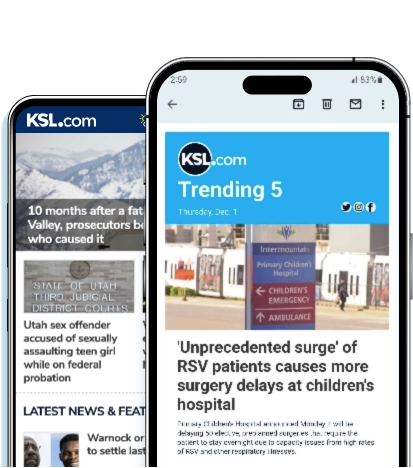Estimated read time: 2-3 minutes
This archived news story is available only for your personal, non-commercial use. Information in the story may be outdated or superseded by additional information. Reading or replaying the story in its archived form does not constitute a republication of the story.
Dr. Kim Mulvihill ReportingRecovery teams volunteering in the Gulf Coast are seeing things no one should ever have to see. Dr. Kim Mulvihill just got back from the area.
Q - Dr. Kim, you told us earlier that you felt safer in Southeast Asia after the tsunami than you did in the south?
A- There's a very complex situation, I think, in the south right now, from the health standpoint, from the number of machine guns that are visible, walking around New Orleans – not just the National Guard, but a lot of private citizens too. I think, overall the whole situation is a little more precarious than we saw in Sri Lanka.
Q-We've heard varying estimates, and it's really unconfirmed what the tally of dead is, what are the challenges in identifying the bodies as the continue to be discovered?
A - Well, you have to understand that these bodies have now been in stagnant water for two weeks, so most of their skin has dissolved, been removed from the body. Their tattoos are gone. Fingerprints are missing. Also, they're missing dental records and medical records that might be used. So it's probably going to end up being that 20-percent of the bodies will not be positively identified. They may rely on family members, but family members are scattered across the nation. So it's really going to be difficult.
Q- Tell us more about your mission and some of your experiences you saw at the airport?
A- That was pretty incredible, to walk into the Louis Armstrong New Orleans International Airport and see them having stretchers of people who were elderly and frail, nursing home residents who needed to be evacuated, just lined up one right after the other. Lots of people were involved in this ongoing cycle of carrying the patients down the ramp, loading them onto luggage carts, then onto the airplanes. Stacking them five high, putting 40-50 people in a plane and flying them to another hospital. This went on and on and on. The image of the airport that now was a triage center was incredible.
Q- Are these marines we see sloshing through the water?
A- You have a whole variety of groups of people -- the National Guard, Airforce. The water is a big issue. The water is a mix of contaminated sewer, chemicals, snakes, lots of things involved. Then you have the flies and mosquitoes in the air. It's a lot of health stories we'll be carrying in the days to come.








